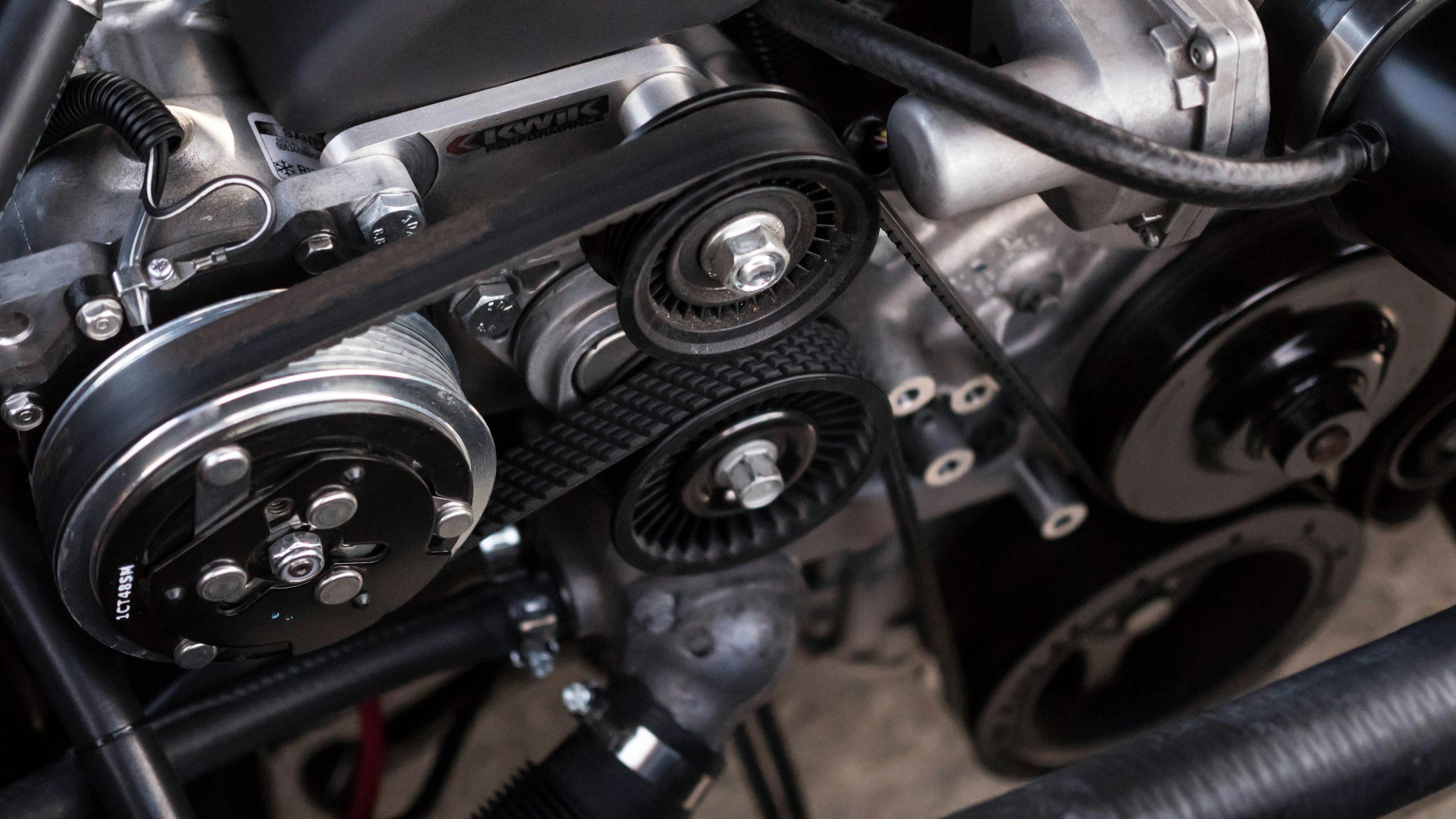
Evolving the Cummins brand guide to create a robust design system for a suite of digital applications.
Goals
Create a design system of reusable components to enable both design and engineering to ship features exponentially faster.
Enhance usability and elevate brand integrity through design consistency across their suite of digital products.
Use the design system to unify design components across power system management and control apps, mobile for technicians to manage engine parameters, and fleet management apps.
Leverage iOS, Android, Microsoft components as much as possible to make the apps lighter, while keeping ui current through OS device updates.
Challenges
Updating live products in the Cummins ecosystem posed challenges in integrating the new digital style guide into the existing UX documentation that was being used by several teams both internal and external, without disrupting user experience. This required coordination with development teams to ensure seamless transitions to the updated design elements
The second big challenge was all existing UX and brand documentation only existed in One Note, in various InDesign IDD files and pdf’s and we needed to get everything into Figma in order to create a living design system as opposed to the existing static design system.
Audit
The audit of the existing Cummins style guide focused on evaluating its suitability for digital platforms. We identified inconsistencies, such as the lack of interactive color palettes and disparate style guides across different digital products. These insights were crucial in developing a cohesive and adaptable digital style guide, ensuring consistent brand representation and improved usability across all digital applications.
Solution
We addressed the challenge of updating the existing guide by employing what i call a "blast radius" technique, updating components on a feature-by-feature basis. This approach ensured that any components within a feature, such as tables, buttons, and graphs, were globally updated across all products. This method allowed for a controlled and efficient rollout, minimizing disruption while enhancing consistency.
Results
The implementation of the updated digital style guide significantly increased product development efficiency, achieving a 3x improvement. By standardizing components and streamlining design processes, teams were able to accelerate development cycles, reduce redundancies, and maintain consistent brand representation across all digital products.



